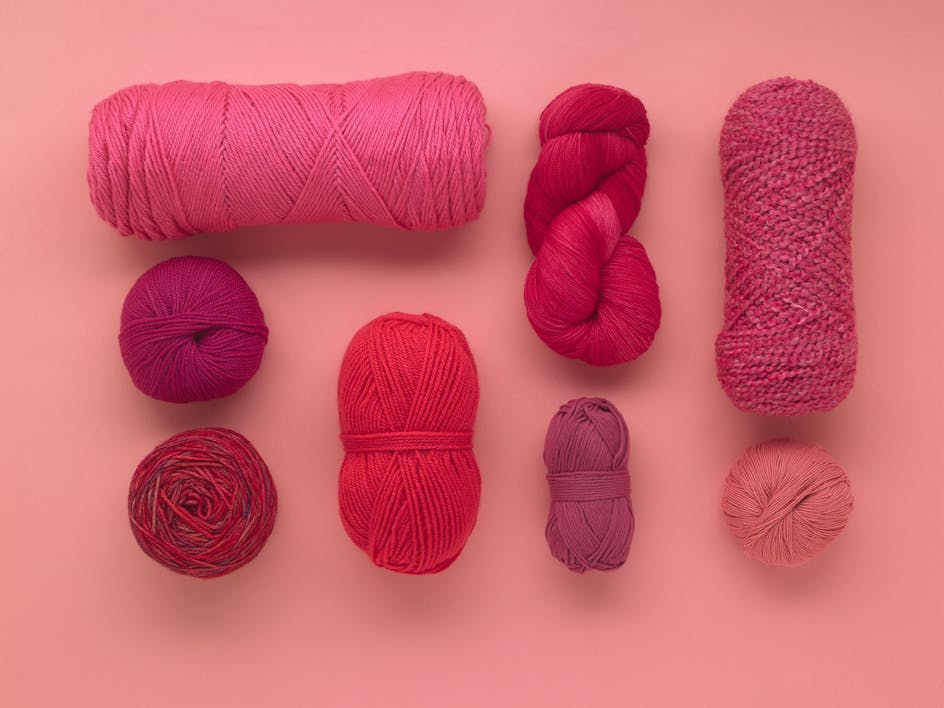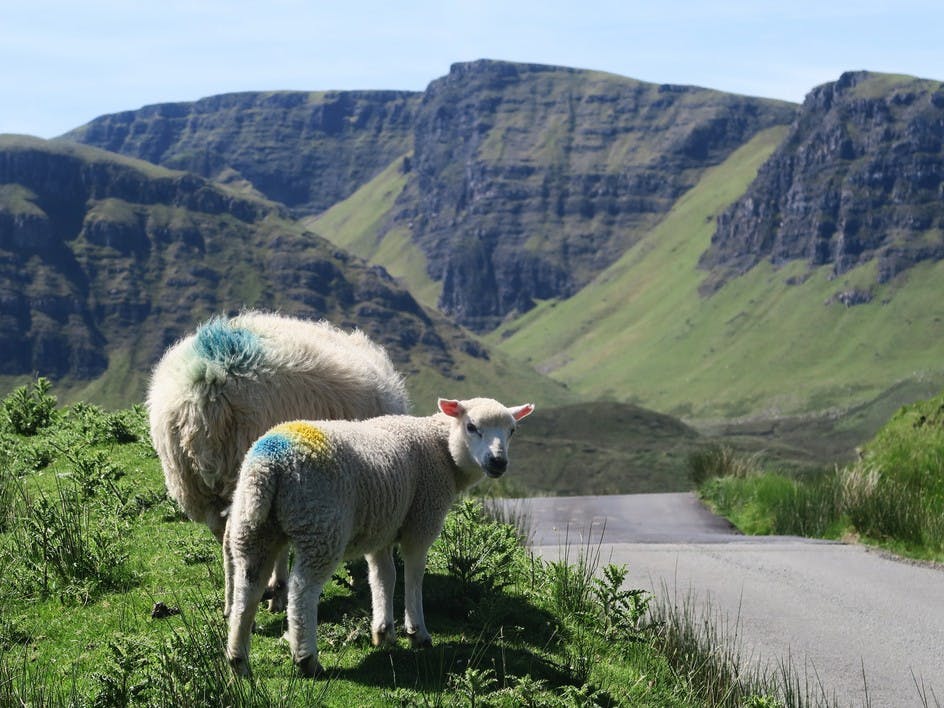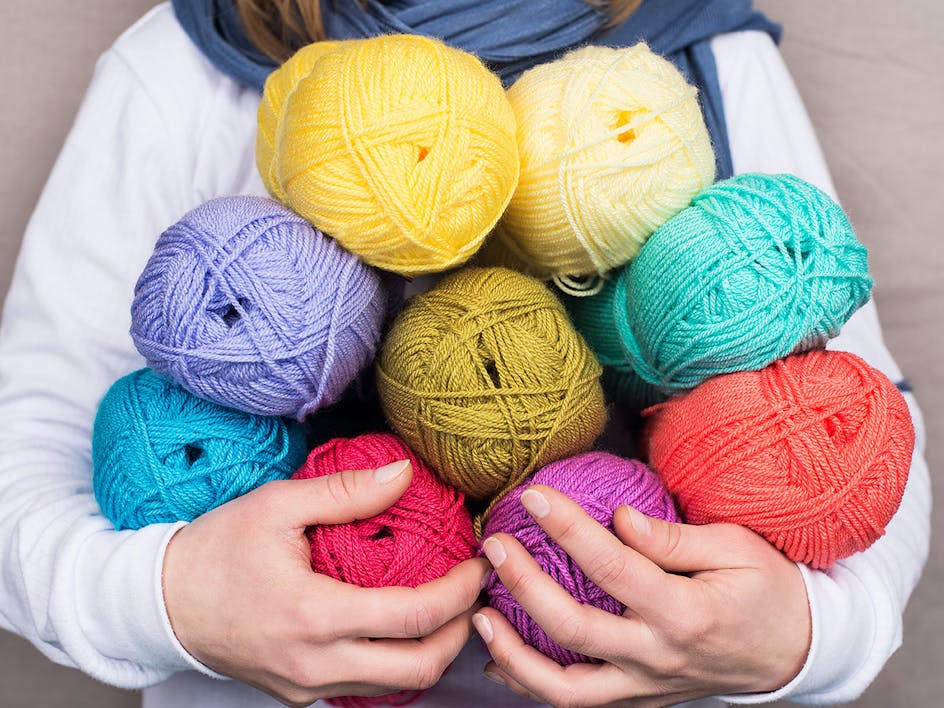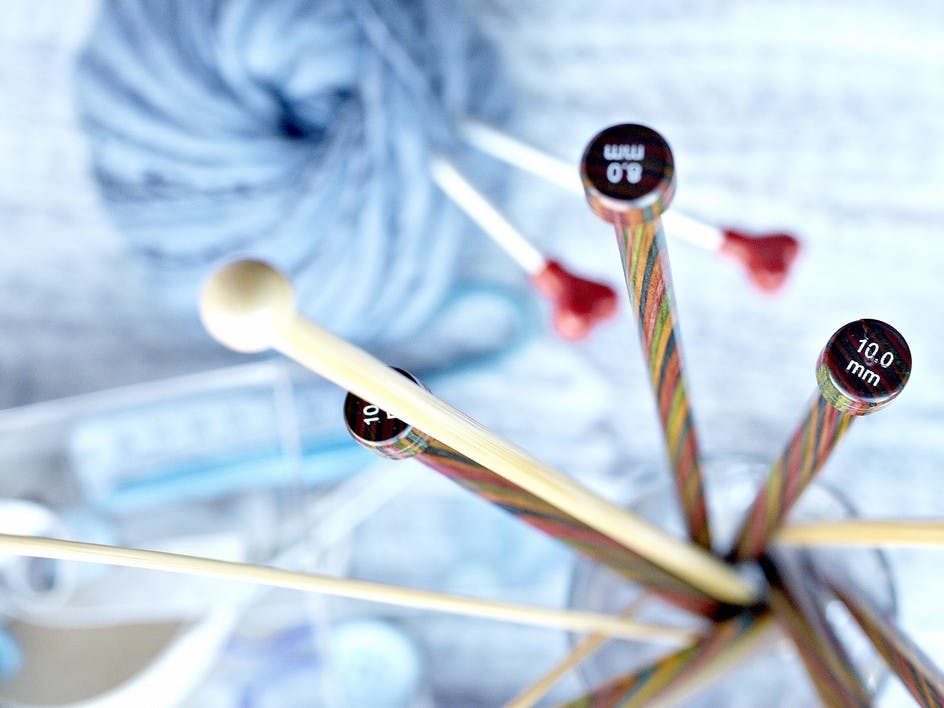Alpaca wool: everything you need to know and what to make
Published on 15 December 2021 By Sarah Jones 3 min readLusciously soft and a dream to work with, alpaca wool is one of the highest quality fibres, and a favourite among knitters and crocheters. Known for its cosy warm properties and gorgeous glossy texture, this natural fibre has so much making potential! Let’s take you through all there is to know about alpaca and baby alpaca yarn.
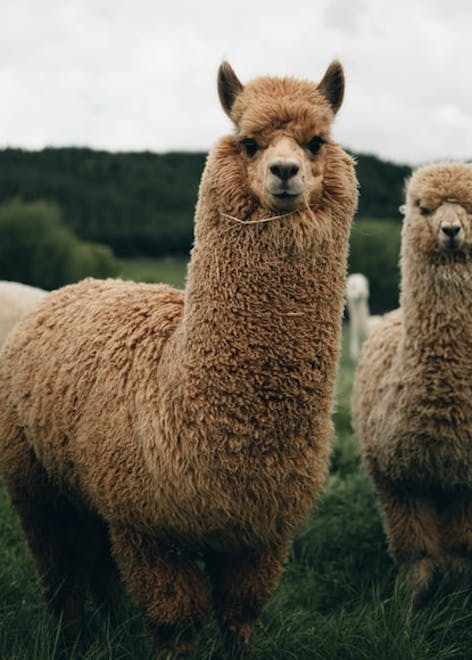
What is alpaca wool?
Alpaca wool comes from the gorgeous fleece of the beloved alpaca. There are two types of alpaca fleece - the suri alpacas and huacaya alpacas. While both alpaca fleeces can be milled and spun into yarns and threads, it’s the huacaya alpacas that you will most likely find your yarns made from!
The huacaya fibre looks almost identical to sheep’s wool, with that fluffy, cloud-like texture we all know and love. The suri fibre, on the other hand, looks more like thick, matted locks. This can also be turned into yarn but is not as versatile in the yarn weights it can produce, that’s why huacaya is the usual choice!
Alpaca wool is similar to sheep’s wool but even softer, warmer and without lanolin, so a great alternative for those looking for hypoallergenic fibres! It also has an added gloss that sheep’s wool doesn’t, to add to the high-quality look. Over the years, breeders have enhanced the softness of alpaca yarns to achieve a texture similar to merinko wool - so squishy and unbelievably snug!
Baby Alpaca Wool
Unlike the name suggests, baby alpaca wool is less about the age of the alpaca and more about where the baby alpaca wool comes from. The baby alpaca fibre comes from the underside of the neck. This is where you’ll find the softest, finest fleece with a cashmere-like feel. It is likely that it comes from younger alpacas, but not necessarily babies!
How is alpaca wool made?
As the warmer days of spring roll round, it’s time for the alpacas annual sheering. The process of making alpaca wool is the same as how sheep’s wool is made. Once the alpacas are sheered, the wool is roughly cleaned and sorted into the different coat colours. This ranges from jet black shades and fawn browns to light greys and creams.
The alpaca fleece then goes through the process of carding, where the fleece is combed through to naturally flatten the strands. Next, the wool is spun into yarn using a spinning wheel and cleaned to remove any impurities. For some, this is the finished product, while others may choose to dye the yarns and alpaca wool is a great fibre to hand dye!
How much is alpaca wool?
Alpaca wool is one of the more luxuriously priced yarns. As alpacas grow older, their fleece becomes thicker and loses some of its beloved softness. This why baby alpaca wool is more expensive than other alpaca yarns and blends, with their finer, younger fleeces.
What is alpaca wool used for?
Alpaca wool has incredible insulating properties and doesn’t retain water. Alongside its super soft texture, there are so many products that use alpaca fleece and so many you’re able to knit and crochet yourself! Socks, scarfs, sweaters, cardigans - you name it! Give one of our patterns a go with wonderful alpaca yarns.










